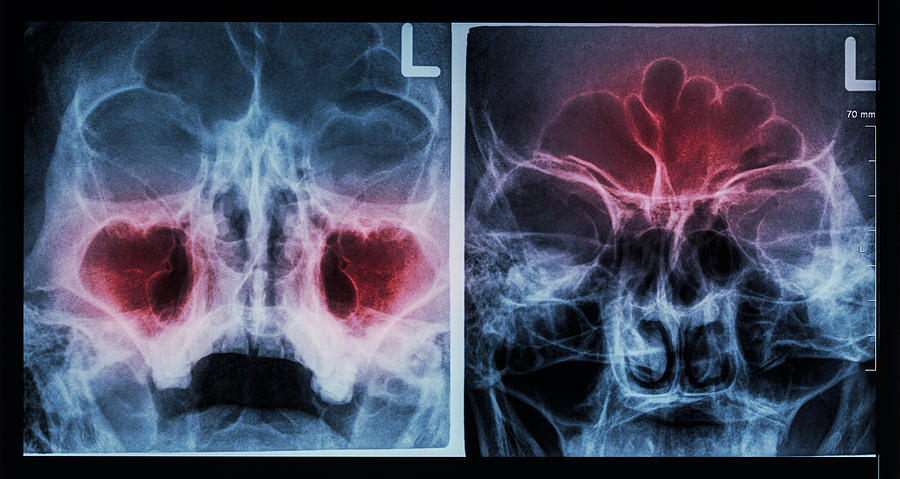With the introduction of the sport pilot rule in 2004, pilot medical certification became both easier and more complex [1]. Instead of scheduling an appointment with an AME, some recreation pilots were able to satisfy their FAA medical certification requirements with only a valid driver’s license. Then, Congress passed the FAA Extension, Safety, and Security Act of 2016 (FESSA) and things changed again [2]. The 2016 FESSA ushered in the era of Basic Med which expanded aircraft performance capabilities pilots could command without a visit to their friendly neighborhood AME.
As of this writing, most recreational pilots can legally take the air in motorized heavier-than-air vehicles under 14 CFR part 61.23(c)(3) (sport pilot), 14 CFR part 67 (traditional AME route), or 14 CFR part 68 (BasicMed). 14 CFR part 61.23(b)(9) also allows military pilots to use their military flight medical clearance to conduct domestic flights that “do not require higher than a [FAA] third-class medical certificate.”
So which is right for you?
The sport pilot route is by far the easiest but comes with significant restrictions. Provided you have no desire to fly above 10,000 feet, carry more than one passenger, exceed 120 knots, or fly in controlled airspace among other restrictions [3], your driver’s license, daylight, and clear blue sky are all you need before you take to the skies.
BasicMed gives you more options. If you’re not a professional pilot, there are very few situations where BasicMed will not meet your needs. If you’re flying as a pilot in command within the United States at less than FL180 with fewer than six passengers aboard, BasicMed is likely adequate [4]. You will also need to stay below 250 knots, but for recreational pilots, that’s a restriction most only fantasize about exceeding. Flying under BasicMed requires pilots to complete an online course every two years and receive an examination by any state-licensed physician every four years.
While many recreational pilots have opted for the convenience of BasicMed, there are still a number of situations where maintaining a third-class certificate through the traditional AME route remains the best choice. For starters, if you ever plan to fly outside the United States, including Canada and Mexico, holding a bona fide FAA medical certificate is a requirement. If you are younger than 40, getting your certificate from an AME can save you some leg work. Until you pass that ripe old age, a third-class certificate is good for five years and there is no requirement to complete the bi-annual online course that comes with BasicMed.
Beyond those purely practical considerations, there are other times when it can be helpful to engage the expertise of an FAA-trained AME. Many licensed physicians have very little knowledge of aviation medical standards or the physical demands of operating an aircraft. If you have any significant health issues, some may be unwilling to accept the liability of signing your Comprehensive Medical Examination Checklist (CMEC). Not only that, the FAA’s position on considering medical certification for pilots with a wide range of well-controlled medical conditions is much more open-minded than many pilots suspect. A good AME who is familiar with FAA medical standards can likely issue you a certificate in many situations that would make you ineligible for BasicMed.
In summary, you can use your valid driver’s license to fly during the day as a sport pilot if your aircraft meets the requirements, you avoid controlled airports and stay below 10,000 feet. BasicMed is a good option for most healthy recreational pilots who fly only within the United States, but you will need to keep up with bi-annual training and find a state-licensed physician who is comfortable with the procedures.
An FAA-issued certificate is your only option if your most recent application for FAA medical certification was denied, you or your doctor has concerns about your health, you plan to fly outside the United States or you want to exceed the performance limitations of BasicMed.
References:
[1] “14 CFR § 61.315 – What are the privileges and limits of my sport pilot certificate?,” LII / Legal Information Institute. https://www.law.cornell.edu/cfr/text/14/61.315 (accessed Dec. 23, 2021).
[2] “H.R.636 – 114th Congress (2015-2016): FAA Extension, Safety, and Security Act of 2016 | Congress.gov | Library of Congress.” https://www.congress.gov/bill/114th-congress/house-bill/636/text (accessed Feb. 05, 2022).
[3] “Definition: Light-sport aircraft from 14 CFR § 1.1 | LII / Legal Information Institute.” https://www.law.cornell.edu/definitions/index.php
Title:14: Chapter:I: Subchapter:D: Part:61: Subpart:A: 61.23 (accessed Dec. 23, 2021).
[4] “BasicMed.” https://www.faa.gov/licenses_certificates/airmen_certification/basic_med/ (accessed Dec. 23, 2021).
Also see, Pilot Doctors, to find an AME near you: Pilot Doctors





